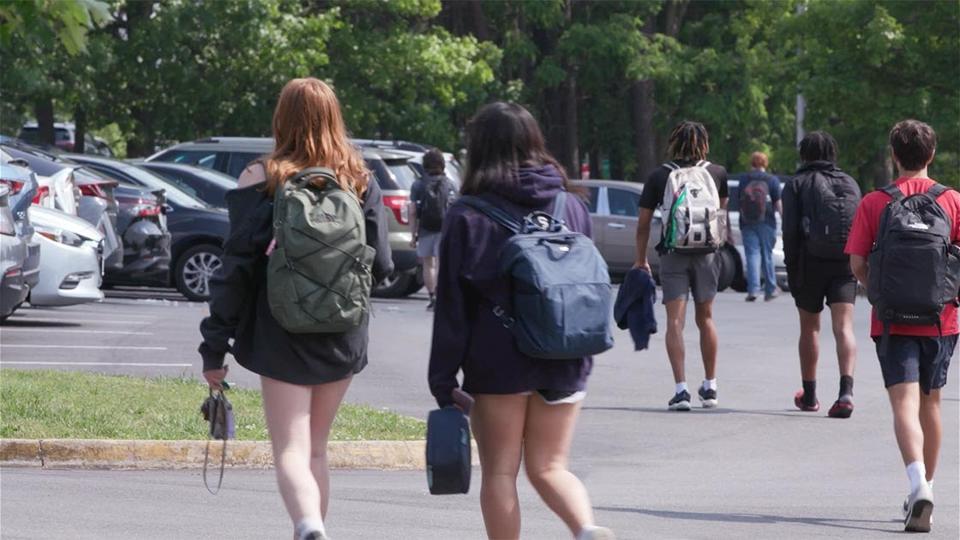Parents are often tempted to give their teen drivers old, hand-me-down or inexpensive cars, but it’s usually a bad idea. Older vehicles and low-budget models often lack the most effective safety and crash protection features. It’s important, as teen drivers are at heightened risk of being in a crash because of inexperience and immaturity – they have crash rates nearly 4 times those of drivers 20 and older.
To help families choose safe – and affordable – vehicles, the latest edition of an annual list of recommended used and new vehicles for young drivers was released on Thursday by the Insurance Institute for Highway Safety (IIHS) and Consumer Reports (CR).
“This list is designed to help buyers narrow their search to vehicles that can help drivers avoid crashes and also protect vehicle occupants in the event that a crash does occur,” Jennifer Stockburger, director of operations at Consumer Reports Auto Test Center, said in a statement. “That combination increases the odds of keeping new drivers safe as they gain experience.”
On this year’s list are 74 used “good choice” models, priced at $10,000 or less, that performed well in a variety of safety tests. Another 48 “best choices” – the top tier of used models – come with automatic emergency braking (AEB) and highly rated headlights; they can be purchased for less than $20,000. (AEB can help drivers avoid rear-ending another vehicle and striking a pedestrian, and is an important technology for all drivers, experts say.)
For those with larger budgets, 22 new 2025 model year vehicles equipped with the latest in crash protection and safety technology were recommended.
“Given consumers’ economic anxiety and the uncertainty around future vehicle prices, the availability of a wide range of safe, affordable used options is welcome news,” Jessica Jermakian, the Insurance Institute’s senior vice president for vehicle research, said in a statement.
Cars were assessed in a series of crash protection tests, including how well roof strength and head restraints performed. Braking, and emergency and routine handling were also evaluated.
This year a good rating in the seat belt reminder evaluation was included in the evaluation.
“Vehicles with good belt reminder ratings have loud, persistent prompts that are difficult to ignore,” Jermakian added. “This is a great feature for everyone, but especially young people, who are less likely to buckle up than other adults.”
Cars for teens should not be too big, too small, or too fast
There are a number of exclusions. For example, vehicles with excessive horsepower or marketed for performance were not recommended, as these features “can entice young drivers to take risks or lead them to speed unintentionally,” researchers said.
For the same reason, extra caution is needed when it comes to electric vehicles. They are fundamentally just as safe as gas-powered ones – some were included on the list — but rapid acceleration can be a concern. Unlike gas engines, electric motors give drivers immediate access to all of the vehicle’s power, the report noted.
Mini Cars or any vehicles that weigh less than 2,750 pounds were not listed, as many smaller models can’t protect their occupants as well in crashes with other vehicles.
SUVs didn’t make the cut either. They aren’t good choices for teens because they can be hard to handle and take longer to stop, experts say, and they pose more risk to others on the road, like pedestrians, bicyclists and people in smaller vehicles.
“Helping your kid achieve a milestone of independence shouldn’t require compromising on safety,” Jermakian said.
For more information and the full list of recommended used and new vehicles, click here and here.

